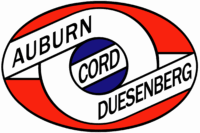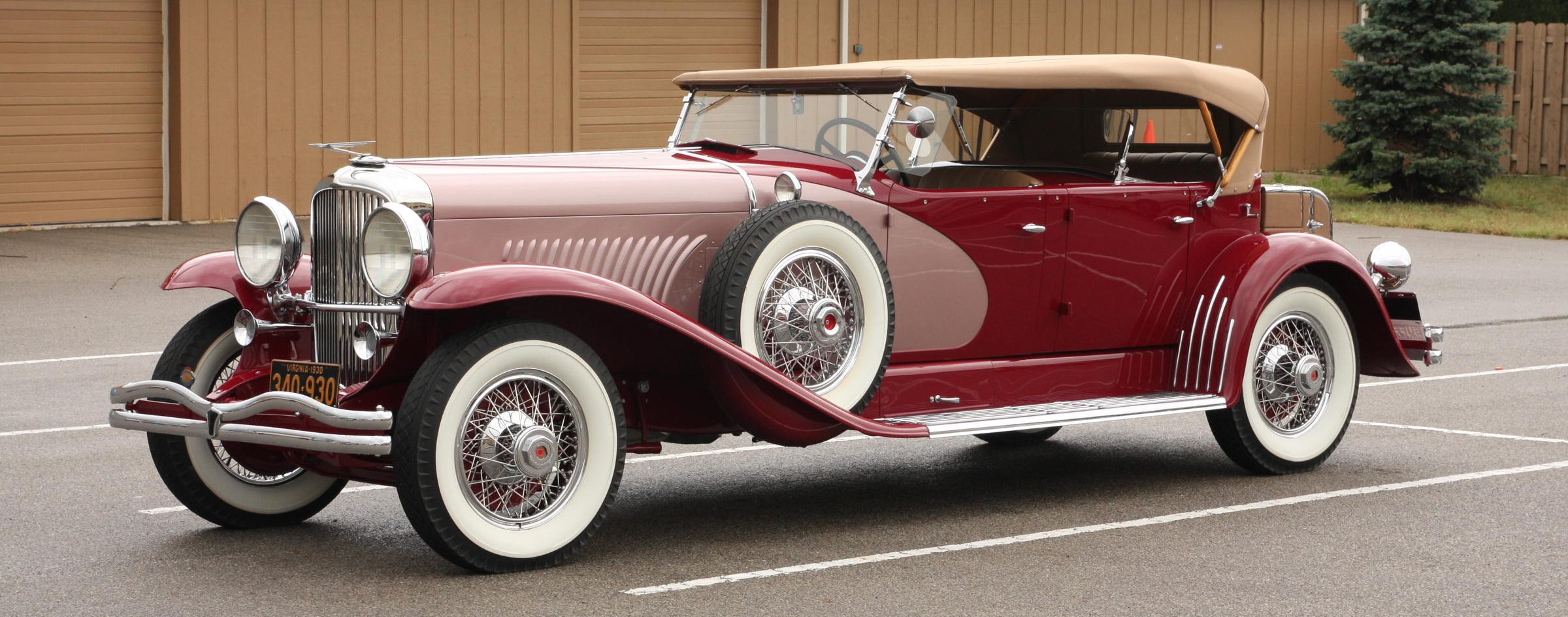
History - Duesenberg
History written by Aaron Warkentin, ACD Club Member
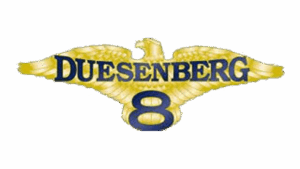
The Duesenberg brothers have reached a near mythical status in the annals of automotive history. Friedrich (Fred) and his younger brother, August (Augie) Duesenberg immigrated to the United States as children. Their combined mechanical and engineering talents, passion and hard work made the Duesenberg brothers one of the most dynamic duos of automotive history.
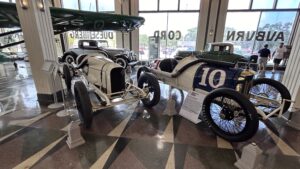
By the 1910s, the Duesenberg brothers were a formidable force in the American motor sports arena. In the twenties, they won a French Grand Prix, the World Land Speed record and the Indianapolis 500 three times over. They currently are the only racecar constructors to achieve such a success.
Model A (1921 – 1926)
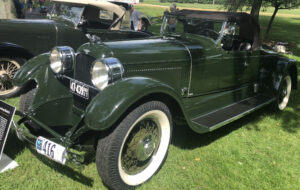
Featuring the first production use of four-wheel hydraulic brakes and a single overhead camshaft eight-cylinder engine, the first generation Duesenberg passenger car was in many ways a scaled up version of their immensely successful race cars. It was adapted by the rich and famous for its performance and technical advancements.
As only an exclusive automobile could be, the Duesenberg was sold as a running chassis with the body built by one of the many custom coachbuilders that existed in North America. From plain limousines to sporty roadsters, owners could equip Duesenbergs with a great variety of bodies which expressed their personal tastes and lifestyle.Although an innovative automobile manufacturer for its time, the Duesenberg Motor Company was plagued by financial and managerial problems. By 1926, it was in receivership and was purchased by the transportation mogul E. L. Cord. He took Duesenberg’s trademark features of technical innovation and grew the brand into automotive royalty.
Transition Models (1927)
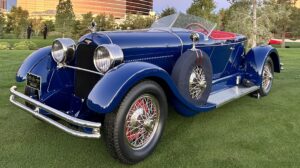
When E. L. Cord purchased Duesenberg, Fred and Augie were developing an updated Model ‘A’ with a redesigned engine and frame. It became the Model ‘X,’ but this redesign did not fit E. L. Cord’s vision for Duesenberg and thus had a short production run of thirteen chassis. E. L. Cord desired to have his jewel in his automotive crown to be the largest, most powerful and fastest automobile ever built.
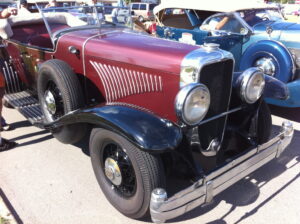
There Model ‘Y’ preceding the famous Model ‘J.’ The Model ‘Y’ utilized a new engine design and featured the radiator shell, hood and fenders that would become iconic on the Duesenberg Model ‘J.’ Only a solitary pair, a touring car and a sedan, are known to have been constructed.
Model J (1928 – 1937)
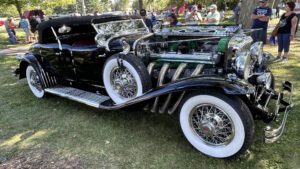
Fred Duesenberg was given free rein to create the largest, most powerful and luxurious automobile. Introduced with great fanfare at the 1928 New York Auto Salon, the Model J awed the public and press.
With a 265 horsepower straight-eight engine, it easily surpassed its nearest rival by 100 horsepower. Technical innovation such as the precise automatic chassis lubrication mechanism typified Duesenberg’s attention to detail.
Graced by some of the most striking custom bodies built, from the disappearing top roadster to the dual-cowl phaeton, Duesenbergs epitomized exclusivity and power. They were an expression of their owner’s personalities with a wide range of custom bodies artfully created by coachbuilders worldwide from Pasadena, California, to Paris, France. The effects of the global economic crisis and social change brought an end to the ‘Mightiest Motorcar.’ Carrying the hefty price tag of $15,000, in a time when the average American family only earned $1,200 annually, the Duesenberg became a symbol of economic disparity. Today, the Duesenberg Model ‘J’ is synonymous with the grace and power of the Golden Age of the automobile.Duesenberg Photo Gallery
Photographer: David Turner
